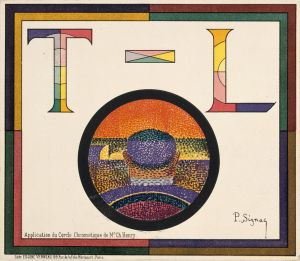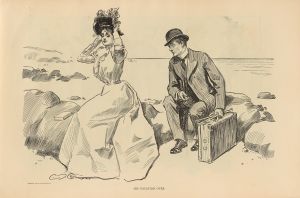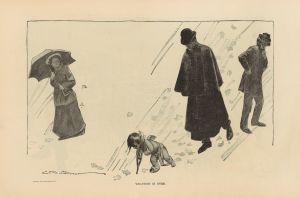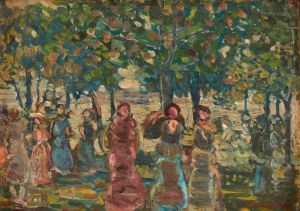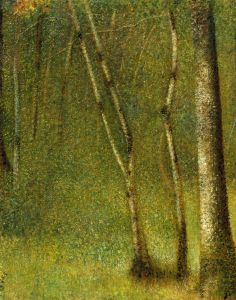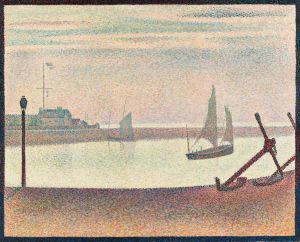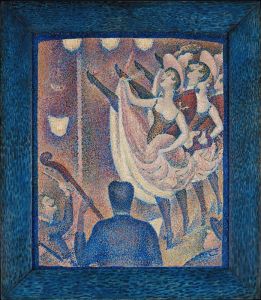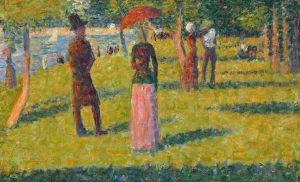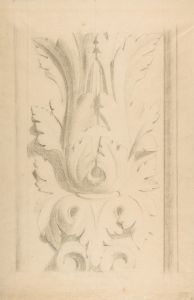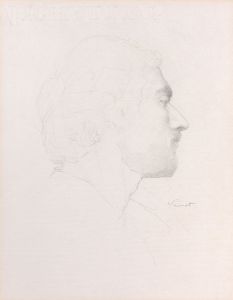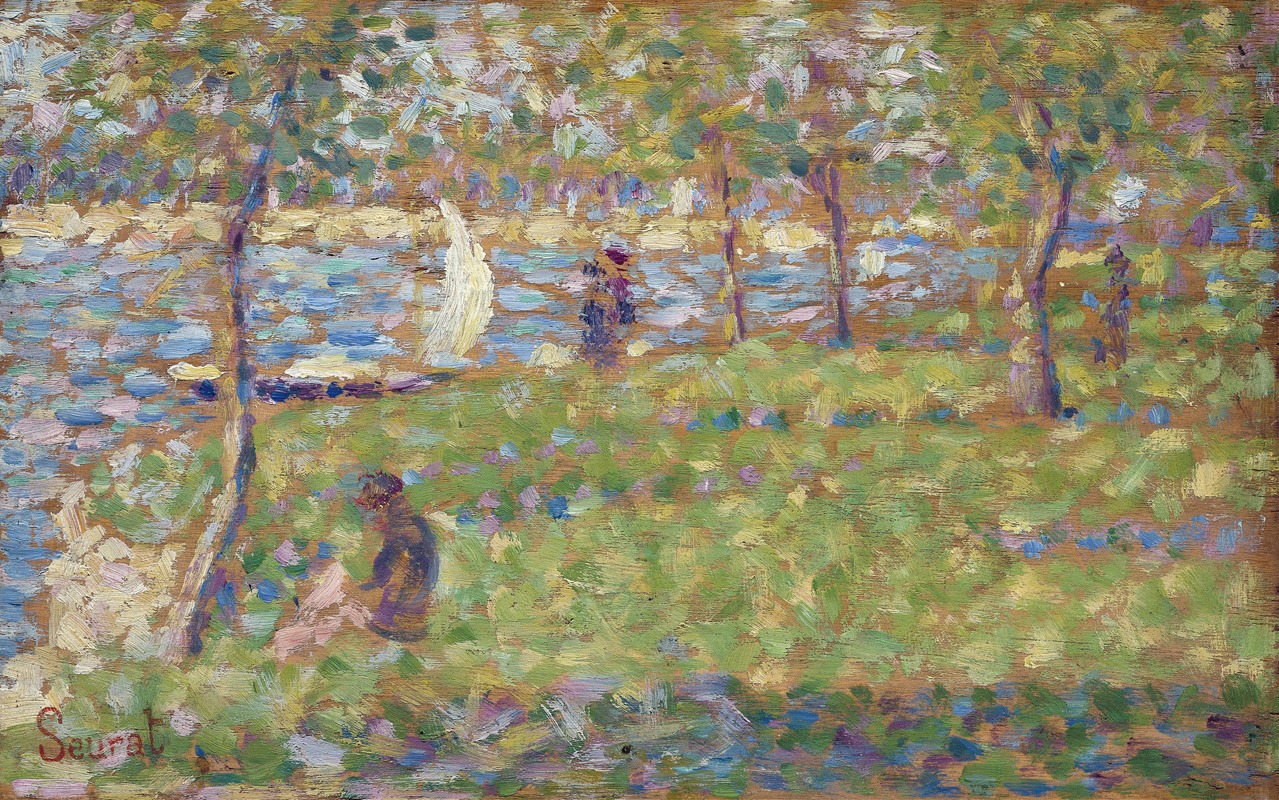
Study for La Grande Jatte
A hand-painted replica of Georges Seurat’s masterpiece Study for La Grande Jatte, meticulously crafted by professional artists to capture the true essence of the original. Each piece is created with museum-quality canvas and rare mineral pigments, carefully painted by experienced artists with delicate brushstrokes and rich, layered colors to perfectly recreate the texture of the original artwork. Unlike machine-printed reproductions, this hand-painted version brings the painting to life, infused with the artist’s emotions and skill in every stroke. Whether for personal collection or home decoration, it instantly elevates the artistic atmosphere of any space.
"Study for La Grande Jatte" is a preparatory work by the French post-impressionist painter Georges Seurat, created as part of his extensive process in developing his masterpiece, "A Sunday Afternoon on the Island of La Grande Jatte." Seurat is renowned for pioneering the technique known as pointillism, a method of painting in which small, distinct dots of color are applied in patterns to form an image.
The study was executed between 1884 and 1886, during the period when Seurat was intensely focused on perfecting his approach to color and light. This preparatory work is one of numerous studies Seurat completed in preparation for the final painting, which he exhibited at the eighth and final Impressionist exhibition in 1886. The studies were crucial for Seurat as they allowed him to explore various compositional elements, lighting conditions, and the effects of color juxtaposition.
"Study for La Grande Jatte" provides insight into Seurat's meticulous working process. Unlike the final painting, which is characterized by its large scale and intricate detail, the study is smaller and less detailed, serving as a means for Seurat to experiment with the arrangement of figures and the landscape. The study captures the essence of a leisurely afternoon on the banks of the River Seine, depicting people from various social classes engaged in activities such as strolling, sitting, and boating.
Seurat's use of color theory is evident in the study, as he employs complementary colors to create vibrant contrasts and a sense of harmony. The study reflects his interest in the scientific principles of color and perception, influenced by contemporary optical theories. This scientific approach was a departure from the more spontaneous methods of the Impressionists, marking a shift towards a more structured and analytical form of painting.
The study also highlights Seurat's interest in capturing modern life and the social dynamics of Parisian society. The figures in the study are depicted in a stylized manner, with an emphasis on form and posture rather than individual identity. This abstraction of figures is a hallmark of Seurat's style, contributing to the timeless and universal quality of his work.
"Study for La Grande Jatte" is housed in various collections, with some studies located in prestigious institutions such as the Art Institute of Chicago, which also holds the final version of "A Sunday Afternoon on the Island of La Grande Jatte." These studies are invaluable for understanding Seurat's artistic process and the development of one of the most iconic paintings of the 19th century.
Overall, "Study for La Grande Jatte" is a testament to Georges Seurat's innovative spirit and his dedication to exploring new artistic frontiers. Through his studies, Seurat laid the groundwork for a painting that would become a cornerstone of the Neo-Impressionist movement, influencing generations of artists and altering the course of modern art.





